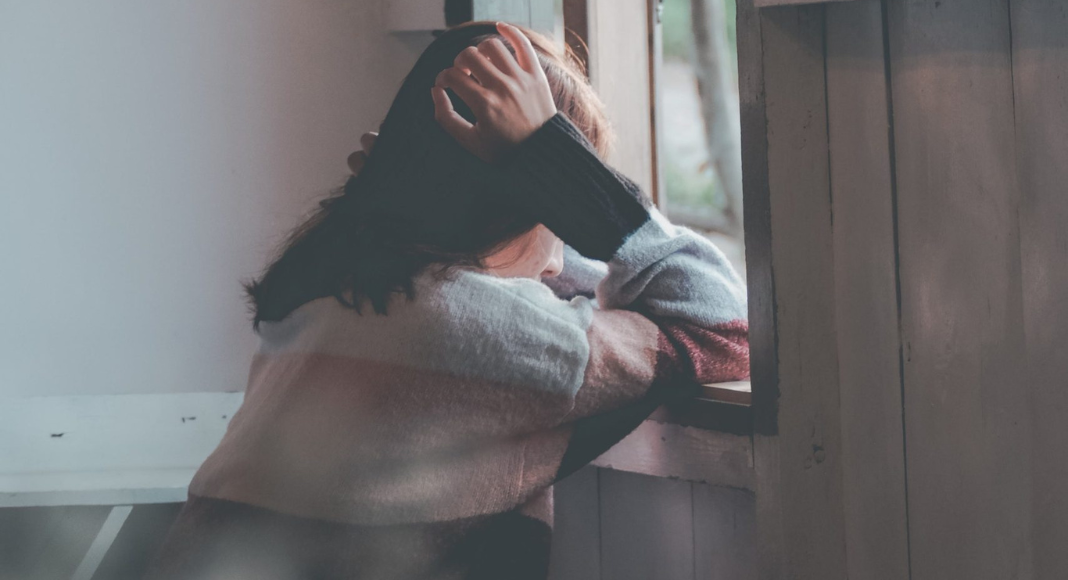It’s that time of year again . . . shorter days with fewer daylight hours. Colder temperatures that sometimes cause you to feel the chill all the way to your bones. Bare trees with no bright green leaves and gray clouds that block out the sun.
Winter is upon us and, in addition to this seasonal change, some of us are also feeling a change in our body, mind, and soul. Our physical, mental, and emotional states are not well. Some of us may be feeling this way for the first time, while others are experiencing it once again, as we go through this experience winter after dull, cold winter.
I’m talking about Seasonal Affective Disorder, or SAD for short.
What is Seasonal Affective Disorder?
This disorder, while appropriately abbreviated, causes us to feel sad, depressed, and just down in the dumps during the colder, darker winter months. The American Psychiatric Association (APA) defines Seasonal Affective Disorder as a “winter depression” that is “more than just the ‘winter blues’” where people experience “mood changes and symptoms similar to depression.” The most difficult months for people with SAD are January and February — right in the dead of winter!

I personally dread winter each and every year because I know that my mood is going to plummet to the lowest of lows. My experience with Major Depressive Disorder has been a journey of highs and lows, but combine it with SAD and I’m really struggling to get through each day. Some of the symptoms I experience as a result of the winter season and SAD not only include a depressed mood, but also a lack of motivation, excessive sleepiness and fatigue, loss of interest in activities I usually enjoy, and even a change in my appetite (where I crave more unhealthy foods).
According to the APA, the symptoms of SAD can be “distressing and overwhelming and can interfere with daily functioning.” About “five percent of adults in the U.S. experience SAD” and it is more common in women than men. The disorder has been linked to a “biochemical imbalance in the brain” that is brought on by shorter daylight hours and less sunlight in winter.”
For those of us who experience this disorder, or who are experiencing it this winter for the first time, we want nothing more than for spring to arrive — for the days to become longer and filled with more sunlight to cure our illness and make us feel better! But what do we do until then? How can we help ourselves cope with SAD during these debilitating months?

Ways to Cope With SAD
One way to help control the symptoms of SAD is to use light therapy. This involves “sitting in front of a light therapy box that emits a very bright light (and filters out harmful ultraviolet (UV) rays).” You can purchase various light therapy boxes from Amazon at reasonable prices. The APA suggests that you sit in front of the light for “at least twenty minutes a day,” preferably first thing in the morning. Their website states that you can “expect to see improvements […] within one or two weeks of beginning treatment.”
Another way to cope with SAD is to spend more time outside in natural sunlight. You can also rearrange your home or office to expose yourself to a window during the day that will let in more sunlight.
It’s also important to take care of your whole body during these difficult months. Maintaining a healthy diet and an active lifestyle, as well as getting enough sleep, will all make it easier to deal with SAD and its debilitating symptoms.
Of course, it’s always a good idea to seek medical advice from your doctor when experiencing symptoms of SAD. If your symptoms are severe, he or she may also advise you on medications that can help with the chemical imbalance in your brain brought on by winter. Selective serotonin reuptake inhibitors, or SSRIs, are the types of antidepressants that are most often used to treat severe SAD.

In addition to these coping strategies when dealing with SAD, don’t forget to talk about it! Talk to your friends and family about what you’re experiencing and how you are feeling! It’s completely okay that you are feeling this way and having these symptoms. And it’s definitely not your fault, nor is it caused by anything you did or did not do! Don’t be afraid to share with others about how you are doing, whether it be good or bad, and to talk through your feelings! I know it always makes my SAD regress a bit when I talk about it with my closest gal pals. You could be surprised that others may also be experiencing the same symptoms and suffering unnecessarily in silence! Share with one another and lend each other a supporting ear, and a heartwarming hug!
Lastly, if your symptoms ever get so debilitating that you are having suicidal thoughts, please go to your nearest emergency room, or call 911. You can also check out the resources at the website for the National Suicide Prevention Lifeline, or call them at 800-273-TALK(8255).
We mamas have to stick together and support one another in the tough times, especially during the winter months when suffering from Seasonal Affective Disorder. Never feel ashamed for feeling the way you do! We all have our good days, and our bad days, and some of us experience more of those bad days during the wintertime. It’s important to lean on each other for encouragement, reassurance, and support when we need it most!













